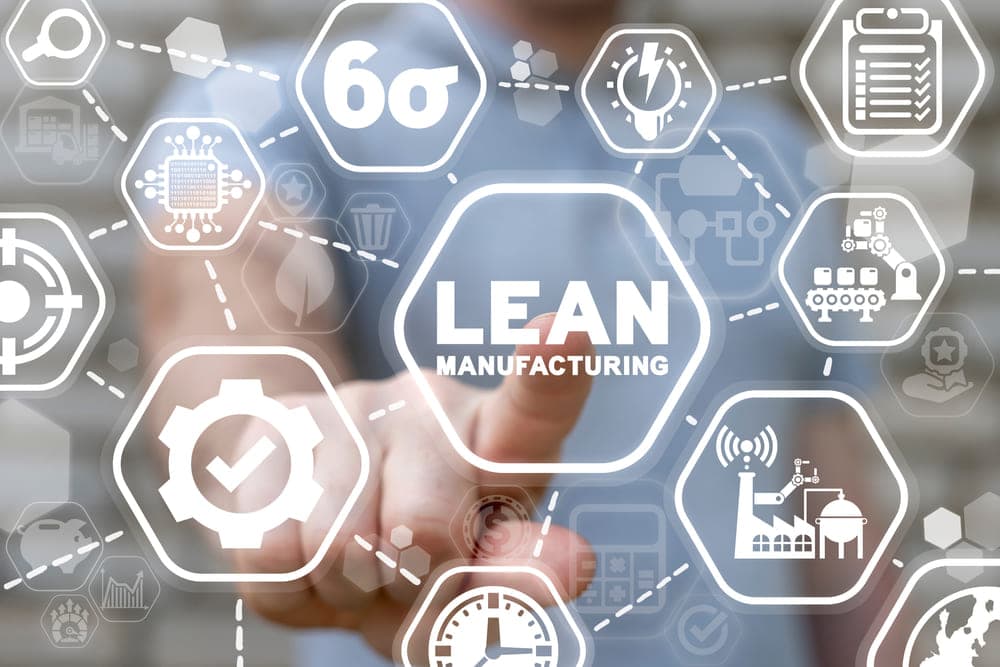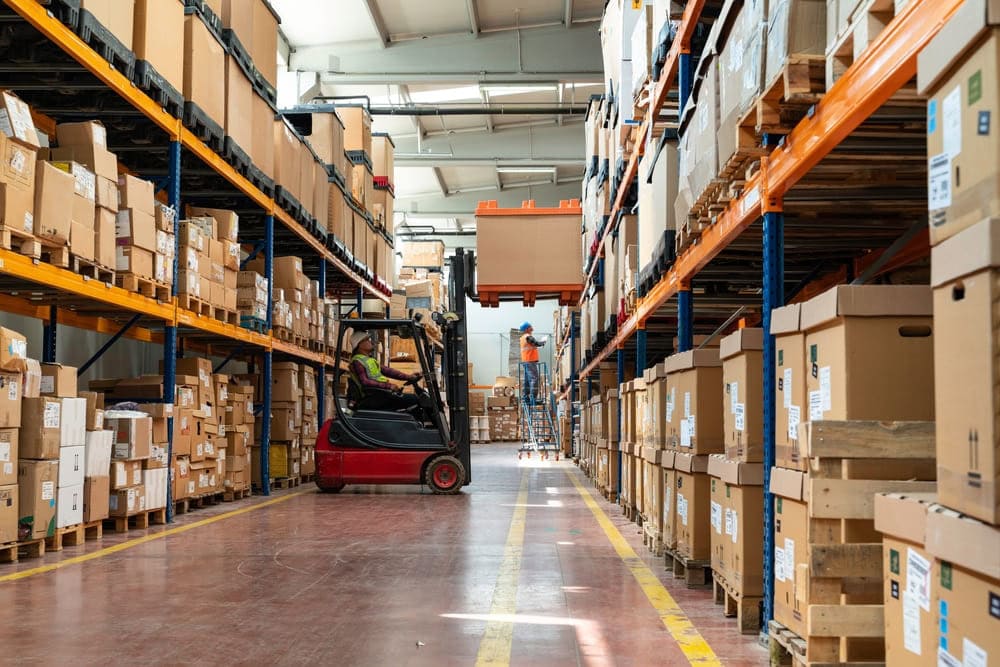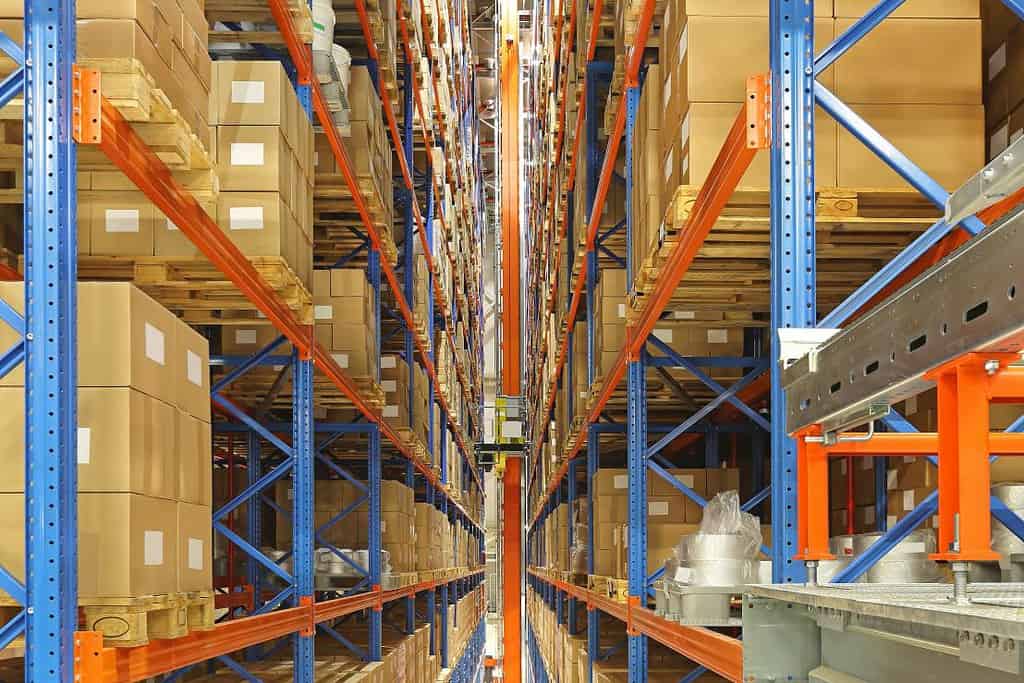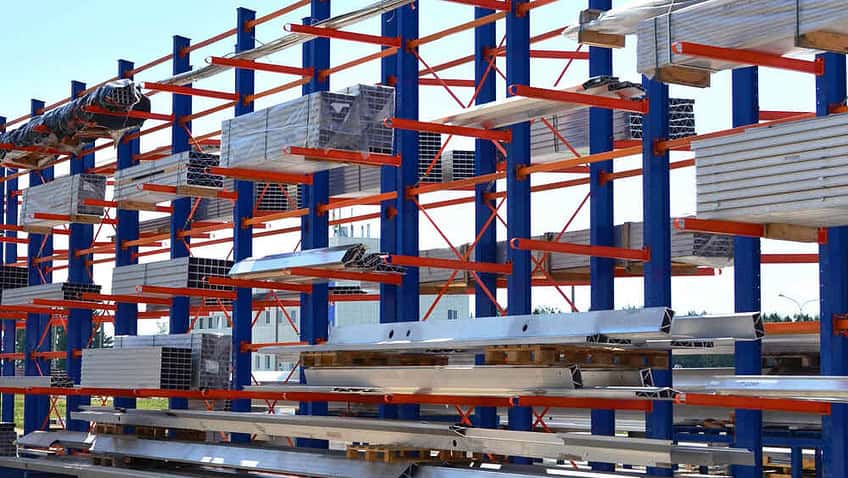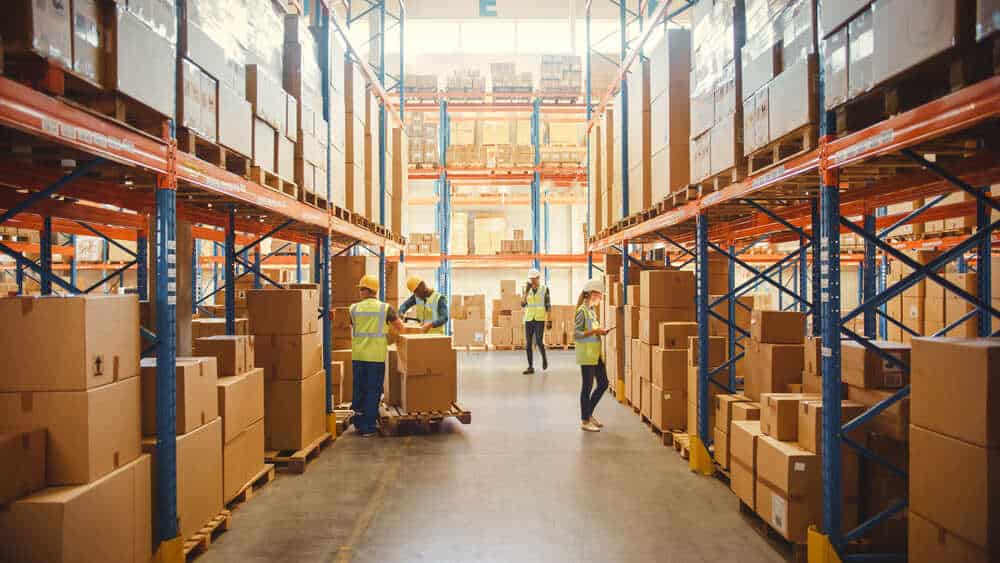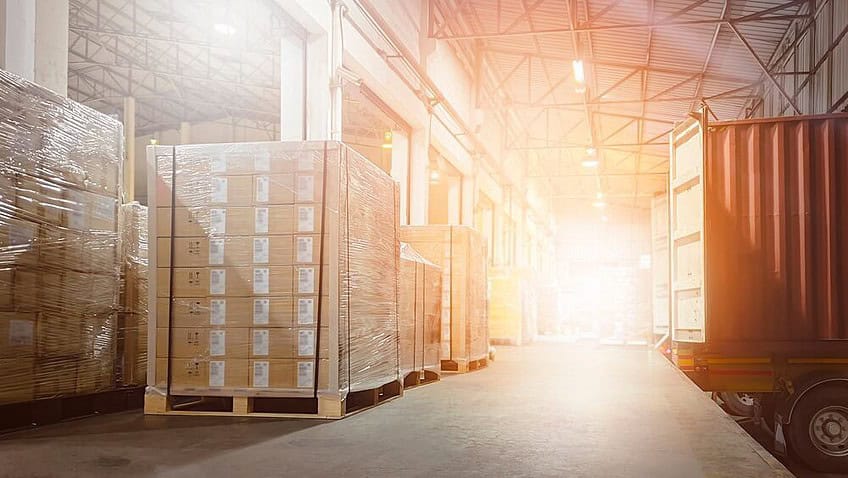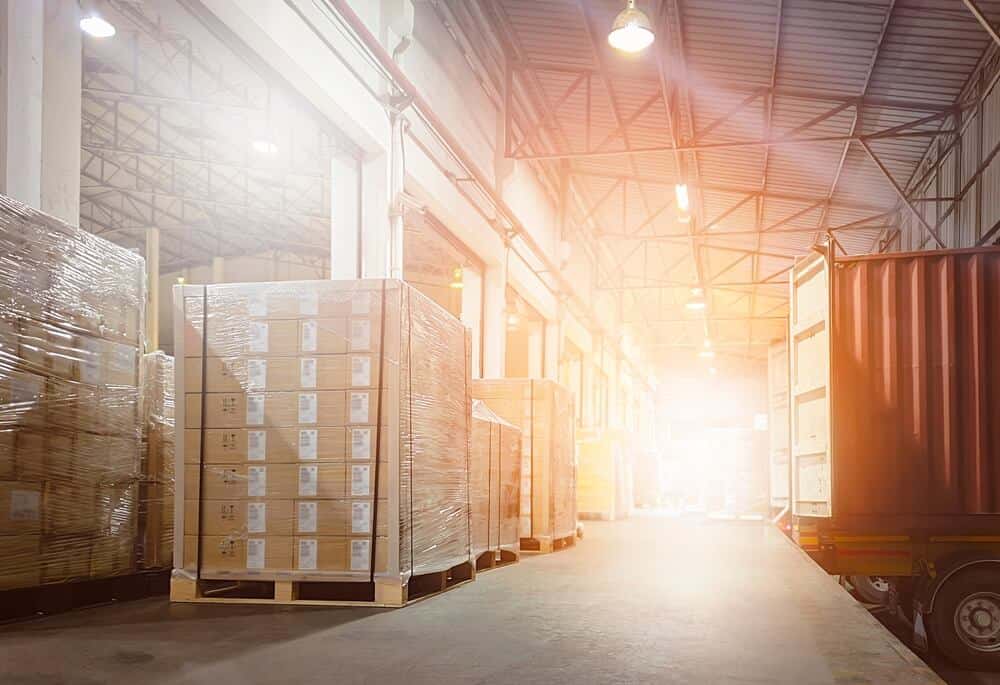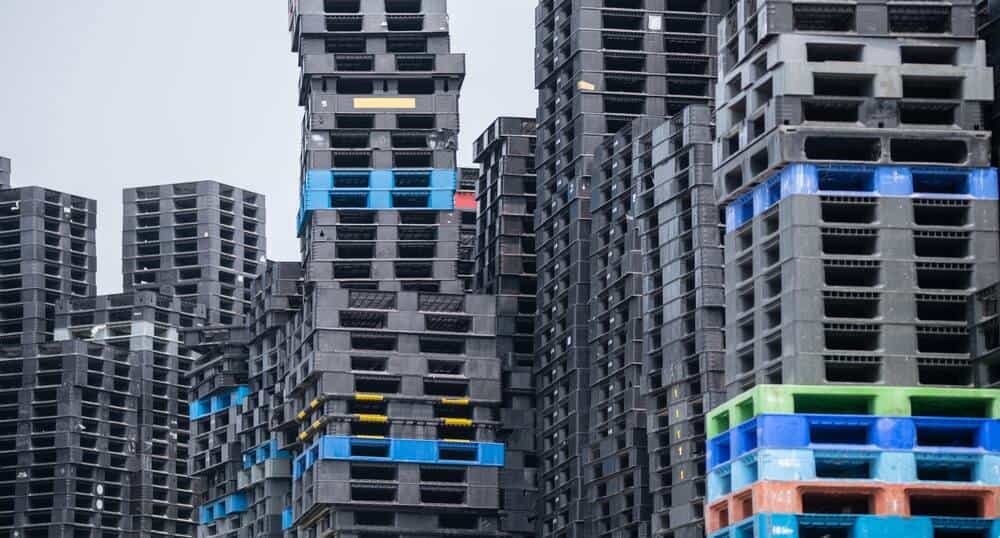The logistics industry is undergoing a major transformation driven by the rise of Q-Commerce (Quick Commerce), which demands faster and more efficient responses. In this article, we delve into the key logistics industry trends that businesses must keep an eye on, along with a recommendation for a smart storage solution like Micro Rack shelving to improve flexibility for small to mid-sized businesses in today’s fast-paced environment.

Top 5 Logistics Industry Trends to Watch in 2025
The logistics sector is facing a significant shift. Operators must adapt swiftly to evolving technologies and economic conditions to survive and thrive in the digital age. Here are five key logistics industry trends in 2025 that businesses should closely monitor.
1. The Rise of Q-Commerce
Quick Commerce (Q-Commerce) is reshaping the logistics landscape. With increasing demands for faster and more accurate deliveries, businesses must revise their strategies to meet the expectations of modern consumers. This has led to the growing need for small, highly flexible warehouses capable of supporting fast product distribution directly to customers.
2. Micro Racks: Maximize Vertical Storage in Small Warehouses
Micro Rack shelves are versatile storage systems gaining popularity in the logistics industry. They can be adapted for use in warehouses, tool shops, or parts storage centres. Each shelf can support 100–200 kilograms, and the levels can be adjusted to suit product size using a clip-in system. Their knock-down structure allows for easy installation and dismantling, making them a practical solution for the fast-moving demands of Q-Commerce.
3. Electric Vehicles (EVs) in Transportation
Sustainability and the reduction of carbon emissions are now core values across many industries. As a result, logistics businesses are increasingly investing in electric vehicles within their delivery networks. This transition not only reduces environmental impact but also supports the principles of Green Logistics and complies with emerging regulations that prioritise sustainability within the transport sector.
4. The Growth of Micro Fulfillment Centers (MFCs)
One of the most prominent logistics industry trends for 2025 is the rise of Micro Fulfilment Centres (MFCs), particularly for small to mid-sized enterprises. These compact distribution hubs support growing online order volumes and help ensure swift, efficient deliveries. Micro Racks are a key component here, offering flexible and space-efficient storage systems essential for the smooth operation of MFCs.
5. Data Management and Analytics
Lastly, data management and analytics continue to play a crucial role, offering costs that yield profits. These tools enable businesses to make better use of resources by structuring data systematically and leveraging it for strategic decisions. For example, forecasting customer demand, optimising delivery routes, and reducing operating costs. This data-driven approach empowers business owners to make intelligent decisions and adapt quickly to market changes.
Adapting Logistics for the Q-Commerce Era
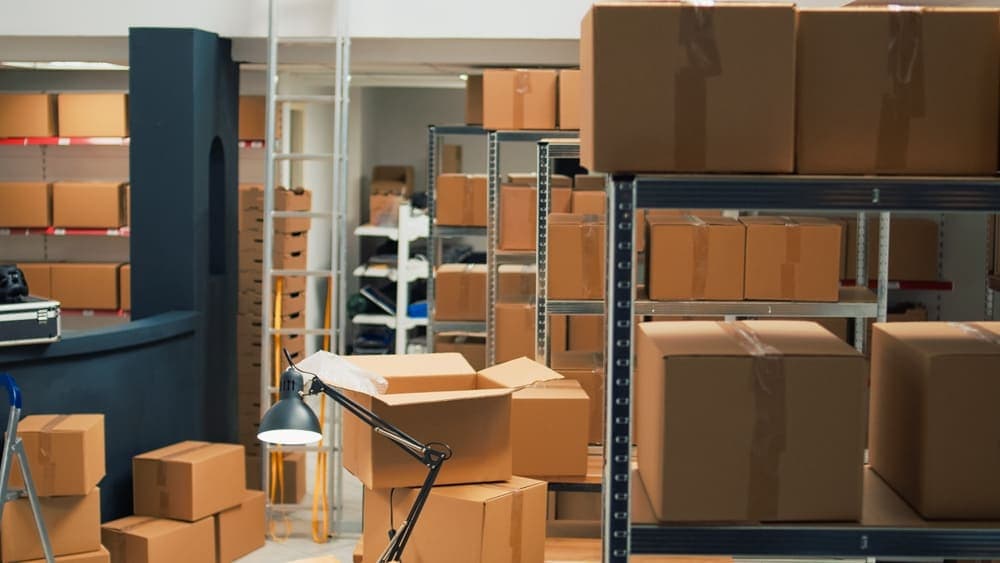
To meet the growing demands of Q-Commerce, logistics businesses must rapidly enhance warehouse systems and streamline deliveries with maximum accuracy and speed. Here are three main strategies that operators can implement
- Enhance delivery systems for speed and accuracy: Redesign delivery routes to reduce travel time and manage real-time order flows.
- Increase storage flexibility with Micro Rack systems: Make full use of vertical space in warehouses, accommodate various product types, and keep stock organised.
- Integrate AI, Automation, and IoT technologies: Connect data across all stages from order intake and storage to real-time delivery, reducing errors and improving management efficiency.
Micro Racks: Smart Logistics Solutions for 2025
To efficiently manage large inventories in confined spaces, Micro Rack shelving offers a powerful solution, minimising warehouse management costs while maximising flexibility to adapt to changing business needs.
- Maximise storage space efficiency: Fully utilise vertical space to enable small warehouses to store diverse items without expansion.
- Flexible and cost-effective structure: Adjustable shelving levels for different product types. The durable steel frame is easy to assemble and disassemble, lowering long-term costs.
- Quick installation for immediate use: Minimises business downtime, racks can be set up quickly and used straight away.
- Clear product organisation: Categorise items by type or SKU to reduce picking errors and speed up the dispatch process.
If you’re looking to enhance your storage efficiency and quickly respond to the demands of Q-Commerce, Micro Racks shelving from Tellus is the smart logistics solution you need. We specialise in designing and supplying flexible, cost-effective storage systems, supported by a professional team ready to help optimise your warehouse operations seamlessly.
Contact us today for a consultation and start modernising your storage systems to match the pace of the modern logistics industry. Call 02-643-8044.






